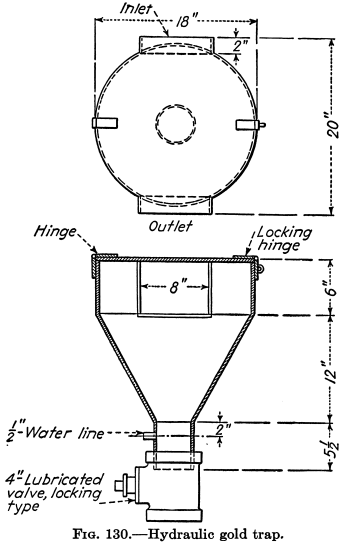RichB
Senior Member
- Location
- Tacoma, Wa
- Occupation
- Electrician/Electrical Inspector
While in the shipyard in Bremerton in 82 we had a yardbird drop a fluorescent tube--old t12 48 inch, all the yard birds walked out. about 30 minutes later in walks a hazmat clean up team in full gear--those of us that had the watch just sat there and observed thinking " it's just a tube --whats the big deal".When I was in third grade some kid brought in a mercury switch which he said that he got from the furnace at home.
It was just like the one pictured below. We were all passing it between each other, and then there was a crash and the mercury spread out across the floor in many tiny droplets. The teacher's solution was to hand out index cards to the kids, and we all crouched down trying to round up all the little droplets and gather them to together into one big blob. I don't remember what happened then, but the teacher probably just tossed it into the local garbage pail and that was that.
View attachment 2552290
Nowadays I'm sure they'd call in a hazmat team and close the whole school to do a remediation/cleanup.
I always told our new guys that the reason we no longer broke the old tubes against the side of the boat was that, since fluorescent lighting worked like refrigeration--doesn't put out cold removes heat, they don't put out light but removes dark-ons, is because the environmentalists got after us because it let the dark ons out and the fish couldn't see to eat or escape predators


